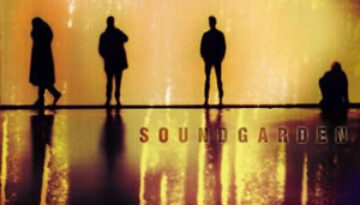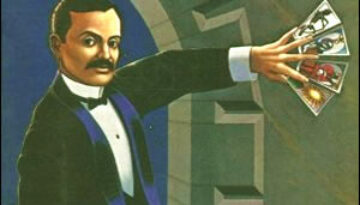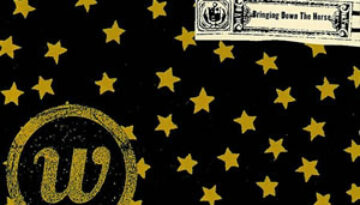Down On the Upside by Soundgarden
Buy Down on the Upside The climax of the group’s original success, Down On the Upside was a super-sized album by Soundgarden, one which would have been a double album in decades earlier […]

Buy Down on the Upside The climax of the group’s original success, Down On the Upside was a super-sized album by Soundgarden, one which would have been a double album in decades earlier […]

Buy Agents of Fortune The most commercially successful album of the group’s career, the platinum selling Agents of Fortune is a diverse and interesting (albeit a bit incohesive) album by Blue Oyster Cult. […]

Buy Bringing Down the Horse The Wallflowers struck a fine chord with their second LP, Bringing Down the Horse. The songs on the album were all composed by front man Jakob Dylan and […]

Buy Long Distance Voyager The Moody Blues scored some latter career commercial success with the chart-topping album Long Distance Voyager in 1981. While this was the ninth studio album by the group, it […]